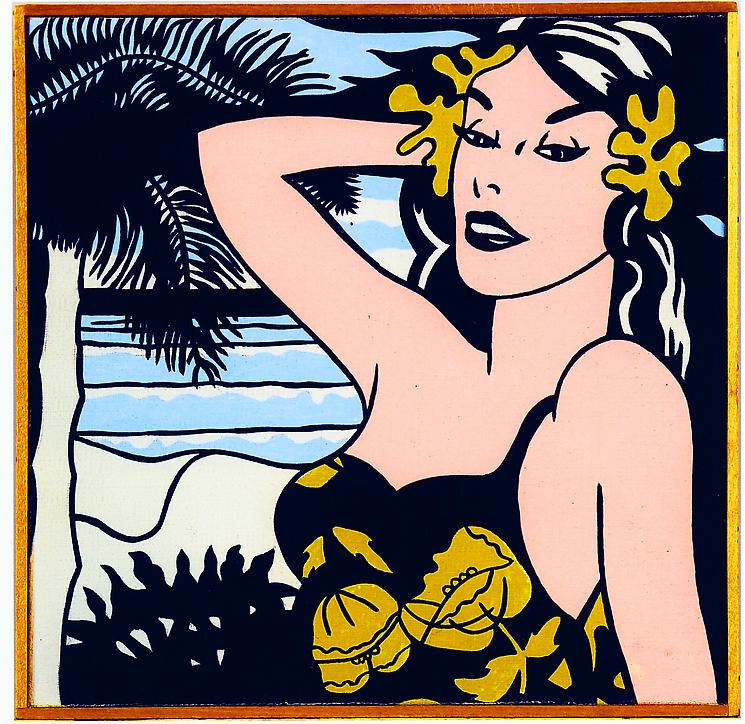Ileana Sonnabend: Ambassador for the New
Ambassador for the New is a fitting title for a new exhibition at the Museum of Modern Art (MoMA) celebrating the life of Ileana Sonnabend, one of the most important interesting art dealers and gallerists of the twentieth century.
Sonnabend developed a reputation as an audacious champion of post-war and contemporary works of art, daring, with certain brilliance, to promote artists she had rightly recognised as being groundbreaking.
This show focuses on the efforts of her galleries in New York and Paris between the sixties and eighties, offering a detailed portrait of her influence, her nous and her love of art.
The power of art captivated Sonnabend in much the same way the despair and joy of existing does for daydreamers and ruminators, and the evident ambiguity present in many of the works that emerged after the second world war was always going to resonate with her.
She was remarked that she liked that, which at first, seemed to her unclear and “difficult to classify on the basis of things already known”. It couldn’t have been a better time for her then, as abstract expressionism and pop came to the fore, one offering a darker narrative, the other a more sardonic one.
Organised by Ann Temkin, the Marie-Josée and Henry Kravis, chief curator of painting and sculpture, and Claire Lehmann, curatorial assistant of department of painting and sculpture (both at MoMA), the show is comprised of works that featured in some of the surveys delivered by Ms Sonnabend.
This includes Roy Lichtenstein’s Little Aloha (1962), Claes Oldenburg’s Tartines (1964); James Rosenquist’s Volunteer (1963–64), Andy Warhol’s 1947 White (1963), and Tom Wesselmann’s Great American Nude #75 (1965). All, of which, it is important to note, were European solo gallery debuts.
What this shows is the important role Sonnabend played in promoting, for example, great American art to European audiences. It was a shock, though the sentiment was the same as the response to the Armory Show in New York, 1913 (the avant-garde was still a little too digressive for American tastes).
Instead, it was disbelief that the states was where art was taking on a new, revolutionary zeal in the same way that modernism at the turn of the twentieth century was transforming the European continent’s understanding of what was possible.
Duly though, Sonnabend, who hailed from Bucharest in Romania (she left in the forties with her then husband the artist Leo Castelli to settle in the US), enriched the experience of American gallery visitors, critics and investors by bringing attention to movements like the Italy’s Arte Povera.
“In the 1970s, Sonnabend sought out and supported some of the most non-commercial conceptual, new-media, and performance-based art of the day,” MoMA outlined in a press release.
“She grasped very early that photography and video were being used as tools in conceptual artists’ practices.
“In the 1980s, the diversity of Sonnabend’s taste encompassed an array of innovations. She promoted the work of artists such as Terry Winters and Carroll Dunham and helped introduce German neo-expressionist painters to American audiences, giving A. R. Penck his American solo debut.”
She was a tour de force, inspired by the authenticity of art and the vital contribution it has in vitalising the lives of people (as well as pushing them out of their comfort zone), and this exhibition goes some way to highlighting the centrality of what she did.
Sonnabend channelled the conversation with a gentle touch that had all the power of a graceful, heavyweight boxer.
Ileana Sonnabend: Ambassador for the New at the Museum of Modern Art in New York runs until April 21st 2014.
Cadogan Tate has over 30 years of experience in devising fine art transport solutions so that your work of art can be delivered to its intended destination on time and in mint condition.



